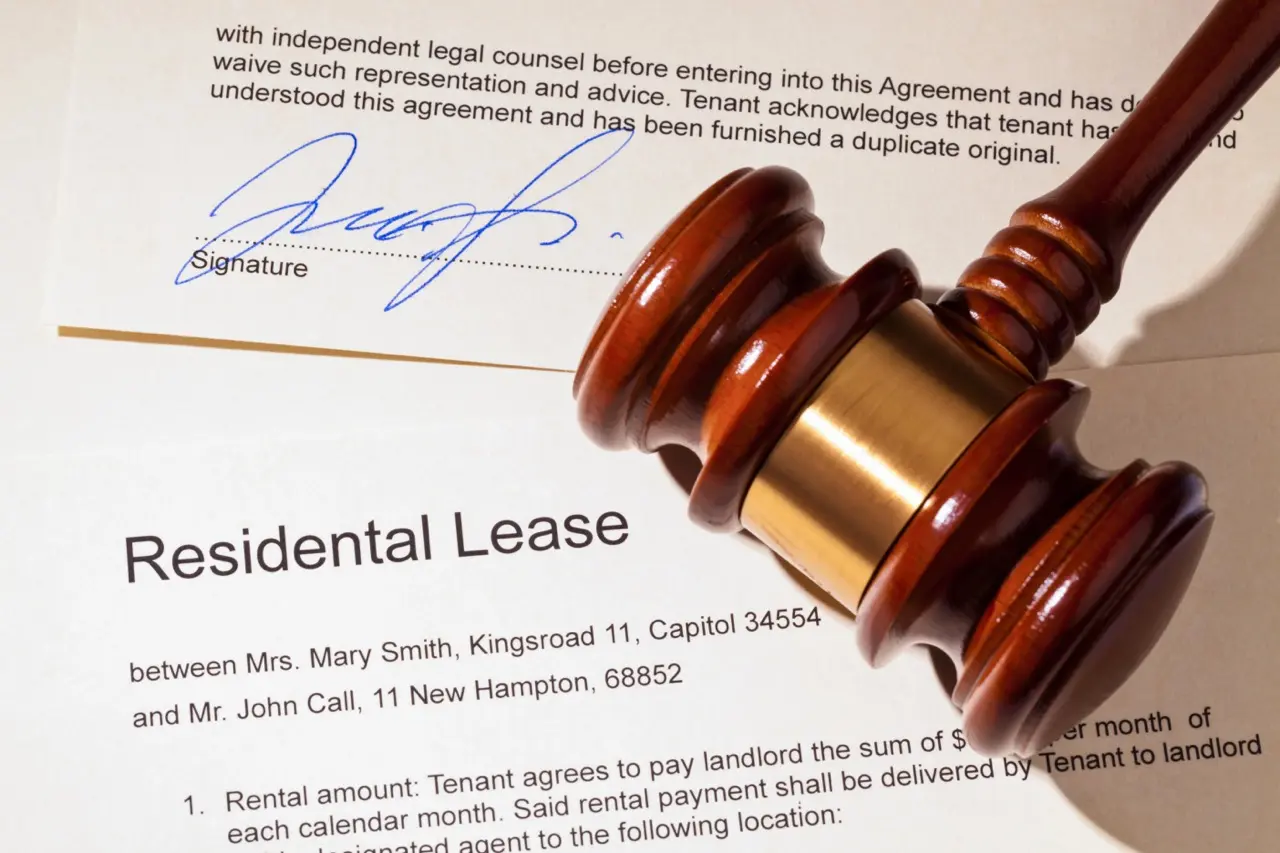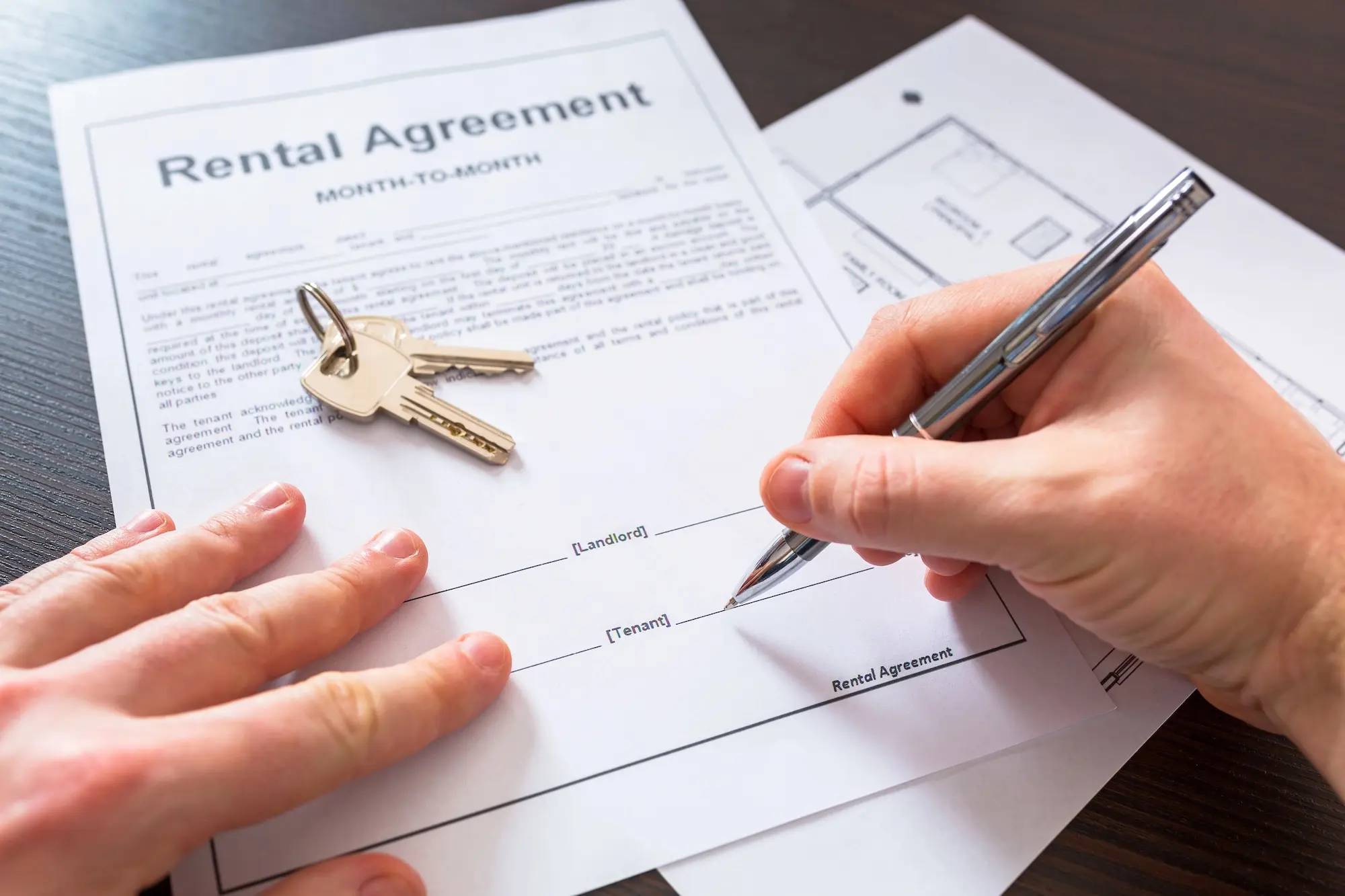Landlords often prioritize finding new tenants rather than retaining the good ones they already have. High turnover can drain cash flow, time, and energy. Each move-out requires cleanup, advertising, and showings, which results in an empty unit that continues to incur costs.
Proactive landlords use practical, proven strategies to encourage lease renewals and timely payments while minimizing the financial burden of turnover.
Key Takeaways
- Respond to maintenance requests within 24 hours to avoid losing up to 20% of tenants over unresolved issues.
- Start renewal talks 90 days before the lease ends to show appreciation and prevent tenants from shopping around.
- Offer a $200 renewal incentive to protect thousands in rent and avoid the hidden turnover costs.
- Tenants prefer using digital communication channels, like text and email, which build trust and feel professional.
- Aim for an 85% tenant retention rate, which can double your per-unit profits compared to average-performing properties.
Respond to Maintenance Requests Within 24 Hours
Just one unresolved maintenance request can drive out one in five tenants. That single ignored repair could cost you thousands in turnover expenses. It's not just good service to fix things fast. It could save a valuable tenant from leaving.
A solid maintenance response system includes:
- Instant acknowledgment: Confirm the request within an hour or two to show you're on it.
- Clear repair timelines: Set expectations for non-emergency fixes, typically within 3-7 days.
- Follow-up confirmation: Let tenants know when the repair is complete and confirm satisfaction.
- Preventive checkups: Schedule periodic inspections to catch minor issues before they escalate.
Tenants notice when you're organized and responsive. A quick repair is always less expensive than finding a new tenant. Industry surveys show that over 60% of tenant turnover is controllable by the landlord, with maintenance responsiveness being the #1 factor.
Pro tip: Every state requires landlords to maintain a habitable home, and delays in critical repairs can lead to liability. Handle urgent issues within 24 hours to stay compliant and keep tenants safe.
Offer Strategic Lease Renewal Incentives
Smart incentives cost far less than a vacancy and build tenant loyalty. Starting the renewal process early (90+ days before the lease ends) with an incentive can make tenants more likely to stay.
Effective renewal incentives include:
- Rent discounts: Offer $100-$200 off one month's rent to make the renewal feel like a win.
- Cash bonuses or gift cards: Small rewards that show appreciation and give tenants a reason to stay.
- Professional cleaning: A free deep clean or carpet shampoo makes the space feel fresh and valued.
- Upgraded amenities: Add value with a new appliance, smart thermostat, or fresh paint.
A modest incentive can save you an empty, vacant unit. Retained residents are worth almost $900 yearly beyond their rent when you factor in saved turnover costs. Paying a bit to keep a good tenant is a huge ROI move.
Pro tip: Not sure which perk will impress your tenants? Ask them. Some might prefer a reserved parking spot over a new appliance. Tailor your offer to each renter's preferences.
Communicate Through Digital Channels
If you want to keep more tenants, meet them where they are, on their phones and laptops. 72% of tenants prefer digital communication over phone calls or paper notices. Embracing email, texts, and apps isn't just convenient - it's a strategic retention move.
Digital communication benefits both sides:
- Instant updates: Send announcements or maintenance alerts via text/email and get read receipts.
- Written record: Every interaction is logged, preventing any 'he said, she said' disputes.
- 24/7 access: Tenants can message you anytime (you respond during business hours).
- Faster issue resolution: A quick text about a minor leak prevents major problems.
Set up channels like an online tenant portal, email list, or simple text messaging. Monthly check-ins via email (like a "How's everything? Are there any issues?" message each quarter) can surface minor problems before they become lease-breaking issues. Tenants who feel heard and connected are far less likely to jump ship.
Residents with positive service experiences are far more inclined to renew, even if you raise the rent slightly. Building an easy, transparent digital rapport makes tenants think twice before giving up a landlord who "gets it."
Pro tip: Keep a paper trail. Handling requests via text or email creates a written record of everything. If there's ever a dispute, you're covered.
Target 85% Retention for Maximum Profitability
Is there a magic number for tenant retention? Many experts point to 85% as the profitability threshold. At this level, turnover costs shrink dramatically, and rental income becomes more predictable. While it may not be achievable in every market, hitting or approaching 85% retention consistently separates high-performing landlords from the rest.
Hitting this threshold yields significant benefits:
- Steadier cash flow: Fewer gaps between tenants mean consistent income and easier forecasting.
- Lower expenses: Reduced turnover means fewer cleaning, marketing, and screening costs.
- Less workload: Renewals require less time and stress than onboarding new tenants.
For context, the national average retention rate is around 54%. Properties that climb to 85% or higher often see double the profit per unit compared to those stuck at 65%. If you own a 50-unit building with $1,500 average rent, moving from 65% to 85% retention could save you $60,000 or more per year in avoidable turnover costs and lost rent.
Start by calculating your current retention rate. How many tenants chose to renew over the past 12 months? If it's below 85%, focus on what you can control: fast repairs, proactive communication, and small loyalty incentives.
Pro tip: If you see patterns like multiple people citing a broken security gate, you'll know exactly what to fix to improve your retention rate.
Implement Gradual Rent Increases
Sudden rent hikes can drive even happy tenants away. Smart landlords instead use gradual, reasonable increases that tenants can absorb without resentment. We suggest no more than 3-5% per year, and research shows that small annual bumps are generally accepted. In contrast, large jumps to the "market rate" often backfire.
Effective rent increase strategies:
- Stick to a schedule: Implement modest yearly increases rather than huge jumps after years of flat rent.
- Do your homework: Use local market data to justify any increase. If rents are up 3% in the area, a 3% raise feels fair.
- Give ample notice: Provide 60-90 days for any rent change. Respect and courtesy go a long way.
- Explain why: If costs have risen or you've upgraded the property, let tenants know. People are more understanding when they see the reason.
Before you send that rent hike letter, do the math. Is pushing rent up an extra $100 a month worth it if it causes a move-out? Losing a $2,000/month tenant over $100 could cost you thousands in turnover expenses plus a couple of months of vacancy, all to gain $1,200 more in annual rent. Not a great trade-off!
If you need to align with market rates, consider adding value in parallel. Upgrades like new appliances, better parking, or enhanced security can help justify a higher price.
Pro tip: If you know you'll need to raise rent significantly in the future, ease into it. Implement two smaller increases over two years rather than one huge jump.
Conclusion
Retention isn't goodwill - it's your best investment. Every lease you renew saves thousands, smooths your cash flow, and strengthens your rental business. The smartest landlords don't chase new tenants. They build long-term relationships with the great ones they already have.










